How long can a new energy vehicle last? This question is like asking “How long can a person live?”…emmm…it depends on the situation. But I can tell you one thing with certainty: don’t be fooled by those outdated data from 2024 or even earlier.
Data from the second half of 2025 shows that mainstream automakers have generally increased battery warranties to 8 years or 150,000 kilometers, with a State of Health (SOH) of no less than 80%. What does this mean? It means the manufacturer dares to guarantee that your battery will still have 80% health after 8 years.
But this is only the minimum guarantee.
The actual situation? Let me tell you, the battery health of 5-6 year old electric vehicles is generally between 85% and 95%. Far exceeding that 80% warranty threshold. Why? Because the current BMS (Battery Management System) is much smarter than before, and the cycle life of lithium iron phosphate batteries is much stronger than that of early ternary lithium batteries.
Remember?
Back in 2018, many early electric vehicles were plagued by concerns about batteries failing after only three years. But look at them now! It’s 2025, and many of those cars are still on the road. While the range has decreased slightly, it’s perfectly adequate for daily commuting.
However!! There’s a crucial technical detail you need to know.
Key parameters affecting battery degradation (this is very important, take notes):
Charging habits account for 60% of the impact. Frequent fast charging to 100%? That’s killing your battery. Slow charging and shallow charging/discharging are the way to go. Temperature management accounts for 30%, and the remaining 10% depends on luck and the battery’s manufacturing process.
Driving habits are also critical. Full-throttle acceleration and sudden braking… the battery can’t withstand that kind of abuse. Once the battery pack temperature frequently exceeds 45°C, the degradation rate will accelerate significantly.
These figures aren’t made up.
Speaking of resale value… that’s a bit of a sore topic.
While EVs older than 5 years technically perform well, the used car market remains highly sensitive to battery health. A 2020 Model 3 with a battery health of 92% can retain 70-80% of its gasoline-powered counterpart. But if it drops below 85%? The price is halved.
Think about it!
Consumers are psychologically concerned; seeing battery degradation triggers worries about accelerated deterioration. While this concern might be somewhat excessive from a technical standpoint, that’s how the market reacts.
Battery replacement costs are indeed a pain point. Replacing a brand-new battery pack currently costs roughly 80,000 to 150,000 yuan, depending on capacity and model. For a 5-year-old EV… that cost is definitely painful.
However, the good news is that the battery recycling and reuse industry is developing rapidly in the second half of 2025. Used batteries can be used in energy storage, low-speed electric vehicles, and other applications, making the total lifecycle cost of the battery less high.
And!! Some manufacturers are now promoting a “battery bank” model, which involves battery leasing with separate pricing for the vehicle and battery. In this model, the risk of battery degradation is transferred to the leasing company, and consumers only need to pay monthly fees.
From a technical perspective, lithium iron phosphate batteries generally have a cycle life of over 3000-5000 cycles. Based on an average charging time of one charge every three days, they could theoretically last 20-40 years. Of course, this is under ideal conditions; in actual use, the lifespan will be 70-80% lower.
While ternary lithium batteries have high energy density, their cycle life is relatively shorter, around 2000-3000 cycles. However, the current 811 system (nickel-cobalt-manganese ratio 8:1:1) has significantly improved in terms of lifespan.
The most crucial factor is the temperature control system.
Models equipped with advanced thermal management systems experience significantly slower battery degradation. For example, Tesla’s liquid cooling system and BYD’s blade battery thermal management… these technical details directly determine the actual lifespan of the battery.
In short, the lifespan bottleneck for new energy vehicles is no longer the battery, but rather other electronic components and the vehicle’s structure. With current power battery technology, 15 years of normal use is generally not a major issue.
As for whether it’s worth buying an electric vehicle that’s over 5 years old, my advice is: first check the battery health. If it’s above 85% and the price is right, then you can buy it. After all, electric vehicles have a simpler mechanical structure, and their maintenance costs are indeed much lower than those of gasoline vehicles.

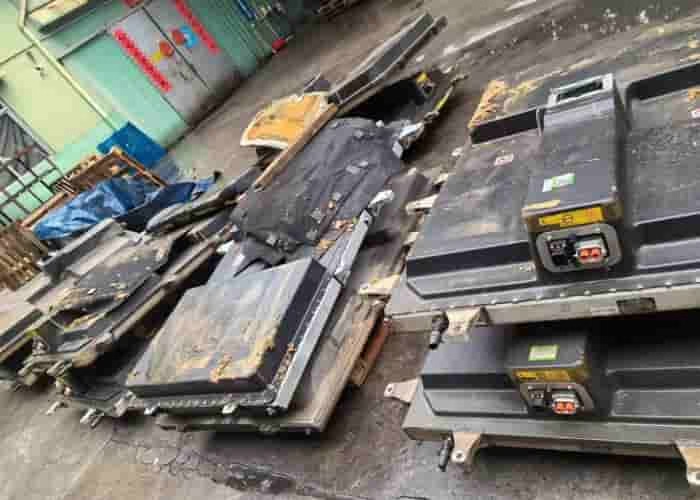

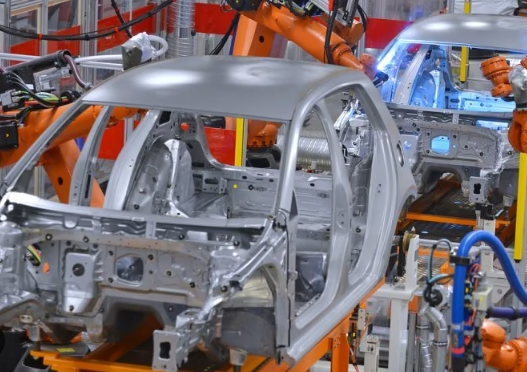
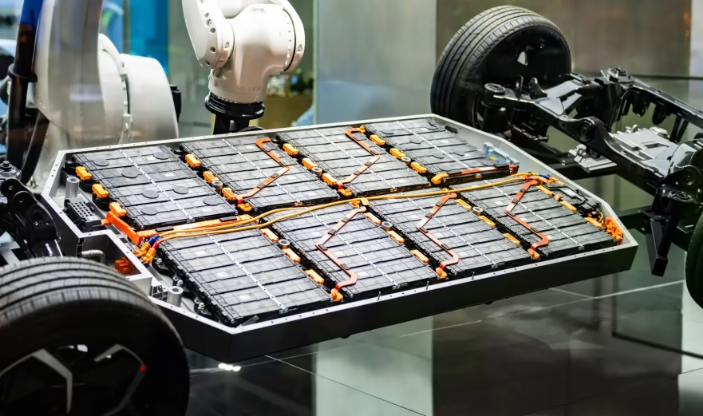
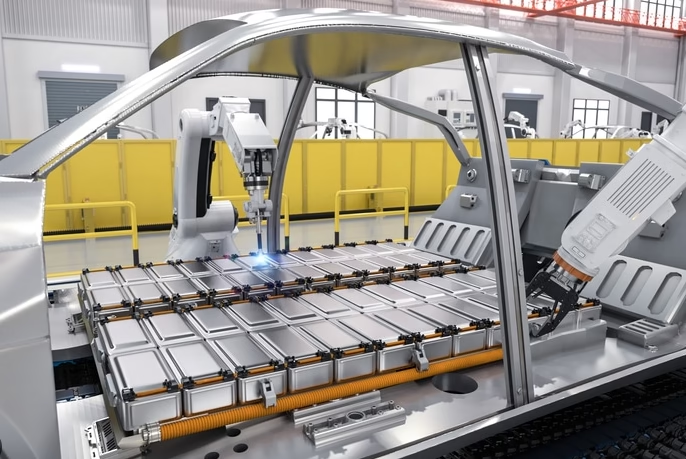
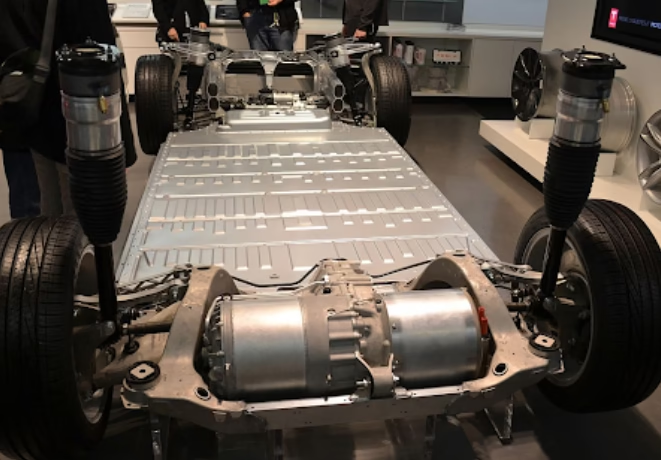
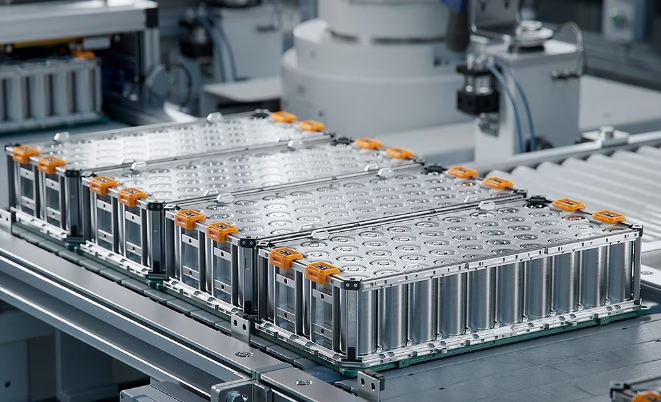
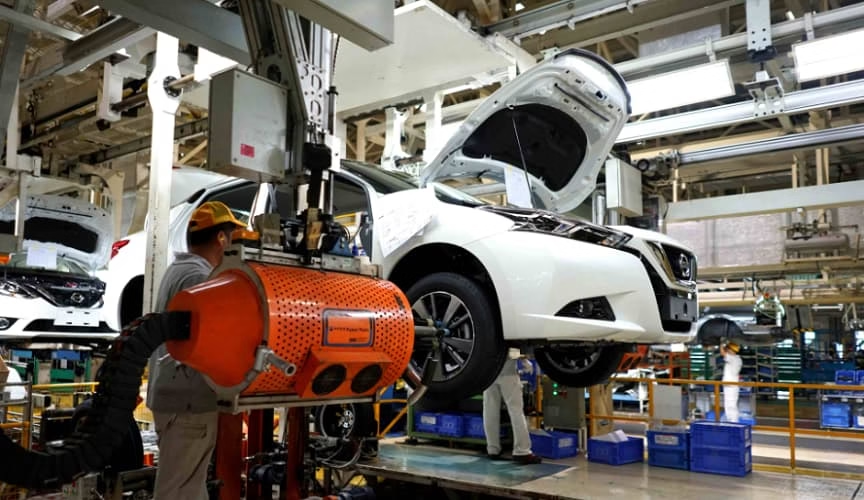
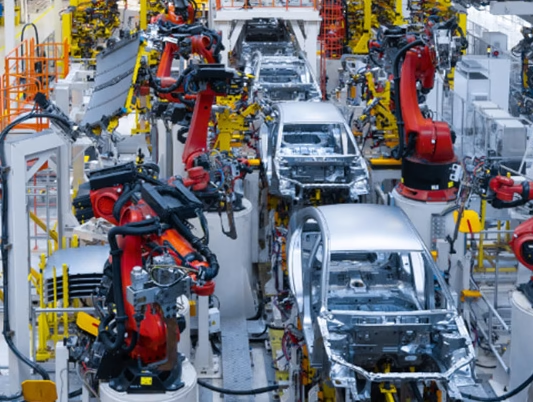


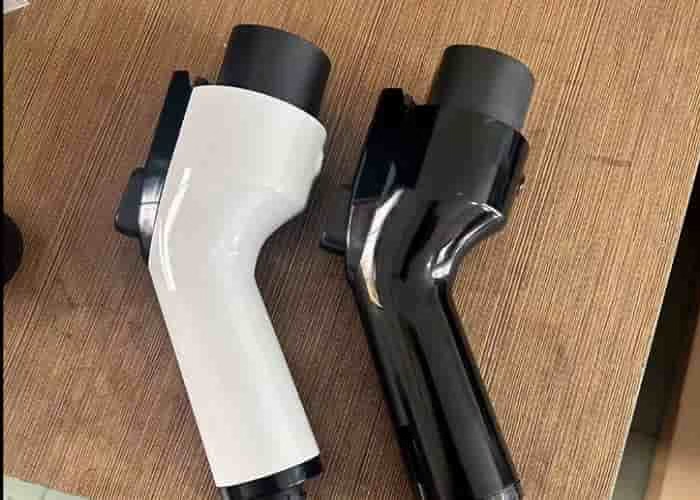


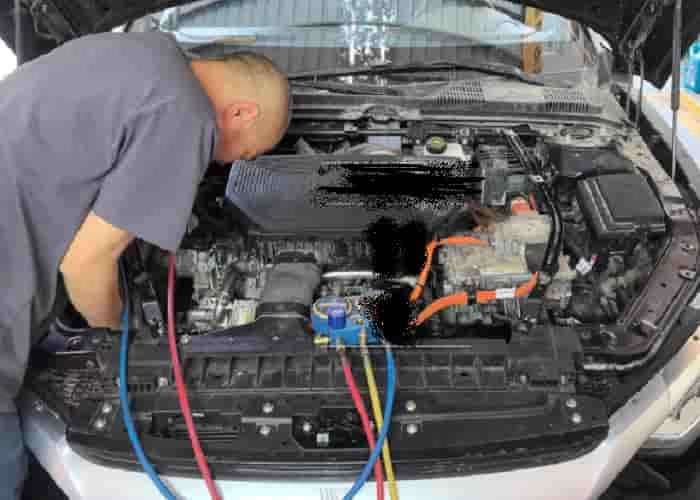
Leave a Reply